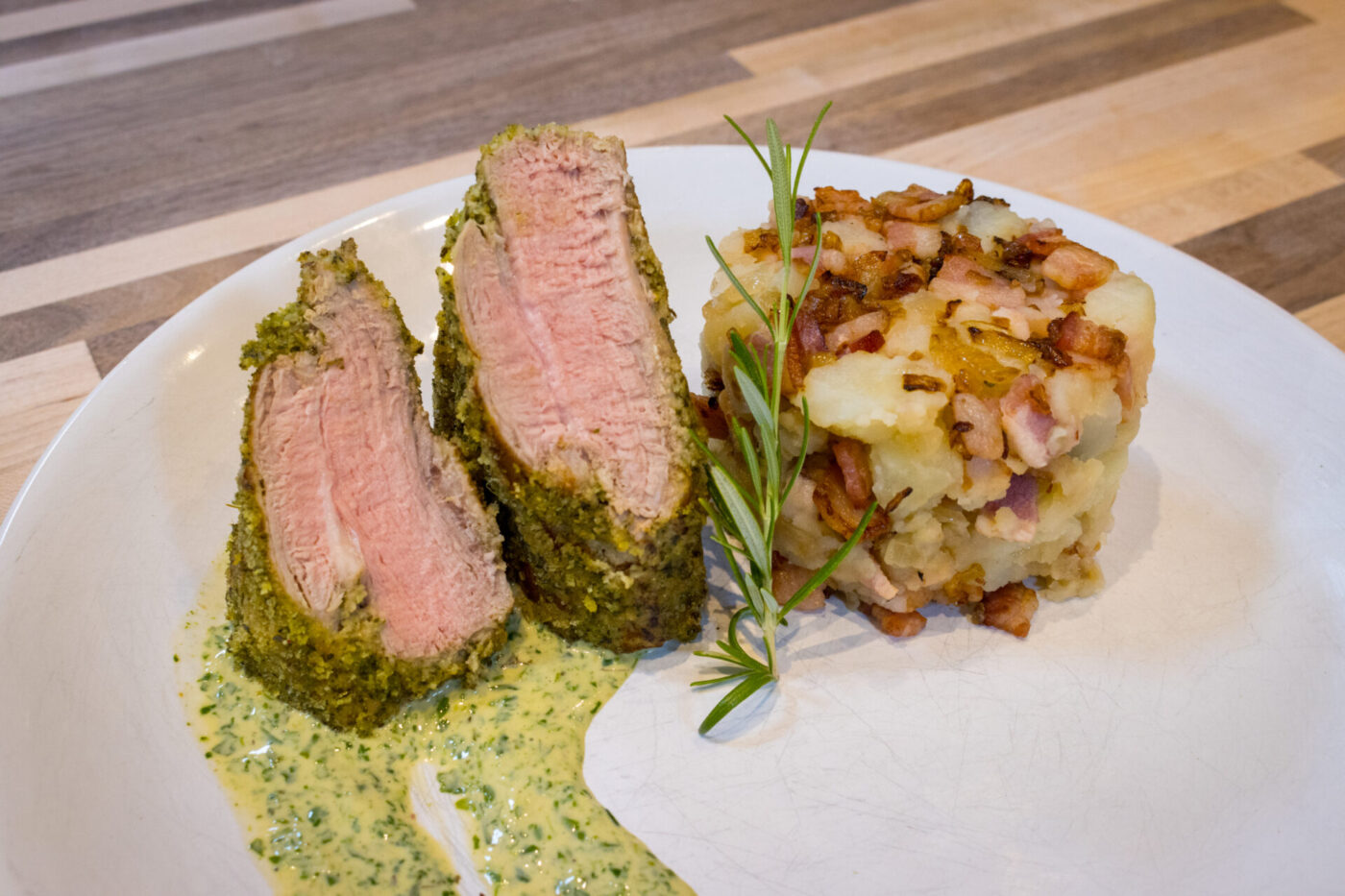Read More: Culinary History of Pork Tenderloin
Ancient Roots: A Less Emphasized Cut
Unlike fattier cuts of pork, which were prized for their preservation potential and caloric density in ancient times, pork tenderloin likely played a more minor role. In a world without refrigeration, the primary concern was maximizing the use of the entire animal and extending the shelf life of meat. The tenderloin, with its low fat content, doesn’t lend itself as well to curing or smoking.
However, this doesn’t mean it was ignored. In ancient China, where pork has been a staple for millennia, and culinary techniques were highly developed, the tenderloin was likely utilized, albeit perhaps not as prominently as fattier cuts. Similarly, in ancient Rome, with its sophisticated cuisine, the tenderloin, while not specifically mentioned in surviving texts like Apicius as often as other cuts, would almost certainly have been used, likely roasted or grilled.
The inherent challenge with tenderloin is its leanness. Overcooking it quickly results in a dry, tough texture. Therefore, its successful preparation required a degree of culinary skill and an understanding of cooking times and temperatures.
Medieval Europe: A Cut for the Privileged?
In medieval Europe, access to fresh meat, especially leaner cuts like tenderloin, was often a marker of social status. The peasantry relied heavily on preserved meats, particularly salted and cured pork belly and shoulder. Fresh tenderloin, requiring more immediate consumption, was likely more accessible to the wealthier classes, who could afford to slaughter animals more frequently and had access to skilled cooks.
While medieval cookbooks don’t explicitly focus on pork tenderloin recipes as they do on dishes using preserved pork or larger roasts, it’s reasonable to assume that it was prepared, likely roasted or perhaps incorporated into stews, although documentation is sparse. The emphasis in medieval cuisine was often on substantial, long-lasting dishes, and the tenderloin’s quick-cooking nature might not have been as well-suited to these preparations.
The Rise of Refined Cuisine: Tenderloin’s Emergence
As culinary techniques evolved and cuisines became more refined, particularly in Europe during the Renaissance and subsequent centuries, pork tenderloin began to emerge as a more distinct and valued cut. The emphasis on delicate flavors and textures in haute cuisine created a niche for the tenderloin’s inherent qualities.
French cuisine, in particular, played a role in elevating the tenderloin. The development of classic sauces and precise cooking techniques allowed chefs to showcase the tenderloin’s tenderness and subtle flavor without overcooking it. Recipes for filet de porc (pork tenderloin) began to appear in cookbooks, often featuring elaborate preparations with sauces, stuffings, or accompaniments.
Regional Variations: A Global Perspective
While French cuisine often gets credit for refining the preparation of pork tenderloin, other culinary traditions also developed their own unique approaches.
- China: Chinese cuisine, with its emphasis on stir-frying and quick cooking, found excellent uses for pork tenderloin. Thinly sliced or diced tenderloin is a common ingredient in stir-fries, where its tenderness and ability to absorb flavors are highly valued.
- Southeast Asia: Southeast Asian cuisines also utilize pork tenderloin in various dishes. In Thailand, it might be grilled, marinated, or used in curries. Vietnamese cuisine incorporates tenderloin into stir-fries and noodle dishes.
- Spain: Spanish cuisine, specifically excels in roasting pork, using the “solomillo” (tenderloin) in many tapas and meals.
- Latin America: While other cuts of pork are more prevalent, pork tenderloin is also used in some Latin American cuisines, often grilled or roasted.
The 20th and 21st Centuries: Accessibility and Versatility
The 20th century saw significant changes in food production and consumption patterns. The rise of industrial agriculture made meat, including pork, more readily available and affordable. Supermarkets and butcher shops began offering pre-cut portions of meat, making it easier for home cooks to access specific cuts like pork tenderloin.
As health consciousness increased, the leanness of pork tenderloin became a selling point. It was marketed as a healthier alternative to fattier cuts, appealing to consumers seeking lower-fat options. This, combined with its relatively quick cooking time, made it a popular choice for weeknight meals.
Recipe developers and food writers embraced pork tenderloin, creating a vast array of recipes showcasing its versatility. It can be roasted whole, sliced into medallions and pan-fried, grilled, stuffed, stir-fried, or even used in sandwiches. Its mild flavor makes it a blank canvas for various seasonings, marinades, and sauces.
A Modern Staple: From Weeknight Dinners to Elegant Meals
Today, pork tenderloin is a widely available and popular cut of meat. It bridges the gap between everyday cooking and special occasion meals. It’s easy enough to prepare for a quick weeknight dinner yet elegant enough to serve to guests.
Its versatility extends to various culinary styles. It can be seasoned simply with salt and pepper, marinated in complex flavor combinations, or paired with a wide range of sauces, from classic pan sauces to fruit-based reductions to spicy Asian-inspired glazes.
The culinary history of pork tenderloin is a story of evolving tastes and culinary techniques. While it may not have the same deep-rooted historical presence as some other pork cuts, its inherent qualities – tenderness, leanness, and versatility – have ensured its place in the modern culinary landscape. From its likely understated beginnings in ancient times to its current status as a popular and adaptable ingredient, pork tenderloin continues to delight and satisfy, proving that even the leanest cuts can have a rich and flavorful story to tell.


Share
Click on the icons below to share "Title of the item to share"